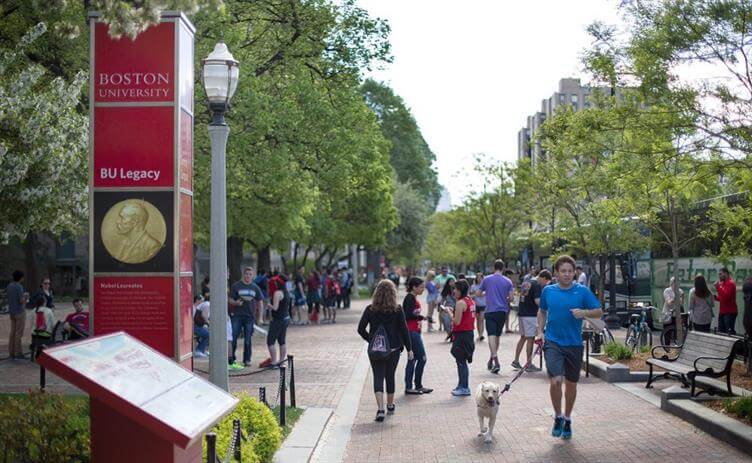
Recently, The Boston Globe reported tuition price hikes for prestigious local institutions. The list should raise questions for all families of newly admitted students. Their data reveal that Tufts has the highest total cost of attendance out of the group at $68,372 for next year, followed closely by Brandeis and Boston University, tied at $67,925. Then it’s Boston College at $67,488, Harvard at $65,609 and Suffolk at $55,126.
As long as colleges keep tuition increases below 5 percent, the Department of Education will not protest. The result is that top colleges raise tuition each year between 3 and 4 percent. One decade more of these increases will produce a $100,000 annual tuition!
The first question is, of course, why is the cost so high, almost $300,000 for a bachelor’s degree? Colleges cite costs; in particular, they face rising medical costs for thousands of employees. Others blame sharp cutbacks in state aid for higher education. An increasing number of academics and policymakers see the easy availability of student loans as a reason colleges are able to raise their tuition, knowing that students can borrow more to cover the gap.
The Globe’s report raises other questions. How can Brandeis and Boston University have identical prices? Brandeis is a fraction of the size of BU. In fact, all the colleges, with the exception of Suffolk, post prices very close to each other. The rates of tuition increases are also similar, clustering around 3.5 percent, a rate repeated year after year.
Competition usually brings prices down, and looking at the data you might conclude there is no competition. But any student who goes on a college tour knows that colleges do compete fiercely. They compete on prestige, largely measured by U.S. News and World Report, on a list of criteria ranging from class size to alumni giving, but not price, which is strangely omitted by the magazine for the top-ranked colleges.
I suspect that top colleges raise tuition just because they can. With 15 to 20 applicants for every one seat — despite cost — why not charge more? They chase each other up and down the pages of U.S. News and World Report, knowing that competitive parents watch their every move. They are masters at enrollment strategies run by highly paid administrators. Their applicant pool gets bigger every year and their selectivity gets more select.
Top colleges set prices similar to oligopolies. There is no direct collusion but the intent to price their product close to each other to avoid competition. The government encourages this, seeking to maintain a healthy higher education system. As long as colleges keep tuition increases below 5 percent, the Department of Education will not protest. The result is that top colleges raise tuition each year between 3 and 4 percent. One decade more of these increases will produce a $100,000 annual tuition.
What if the government no longer exercised its tacit regulation or began to withdraw its student debt subsidy? Imagine colleges of similar prestige squaring off, with some dropping their prices enough to attract students from others. There would be losers, including students deprived of loan support, college employees deprived of jobs and even colleges unable to withstand the competition failing. But then imagine a much lower tuition at sustainable levels.
Top colleges set prices similar to oligopolies. There is no direct collusion but the intent to price their product close to each other to avoid competition.
There are about 4,000 colleges in America, with only 100 sitting at the top thatcan raise prices with impunity. The rest are in trouble. They are struggling to fill their seats at current tuition levels. They lack the prestige to raise it much more. Increasingly, there are not enough students to go around and for-profit colleges are enrolling many.
Academics, politicians, parents and students all wonder what will happen to the present situation. Presidents of top colleges are all desperately fundraising in hopes to be ready for the day when high prices start to crumble the system, leaving only a narrow band of the wealthiest families to enroll. The shame is that we taxpayers have provided generous subsidies to colleges over many decades, only to have them repay the gift by raising tuition to their own danger and to ours.
http://www.wbur.org/cognoscenti/2017/04/19/oligopoly-college-tuition-costs-bob-hildreth